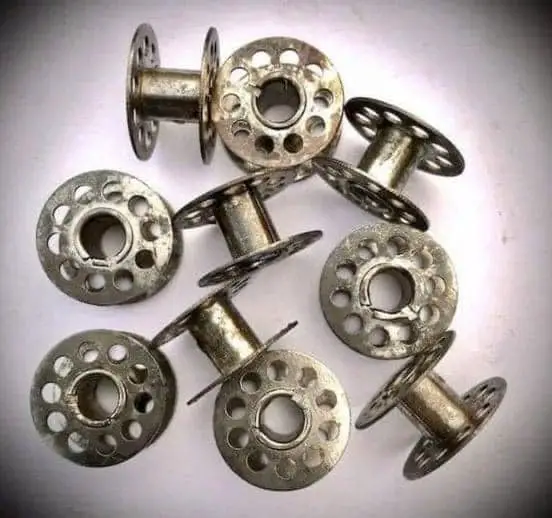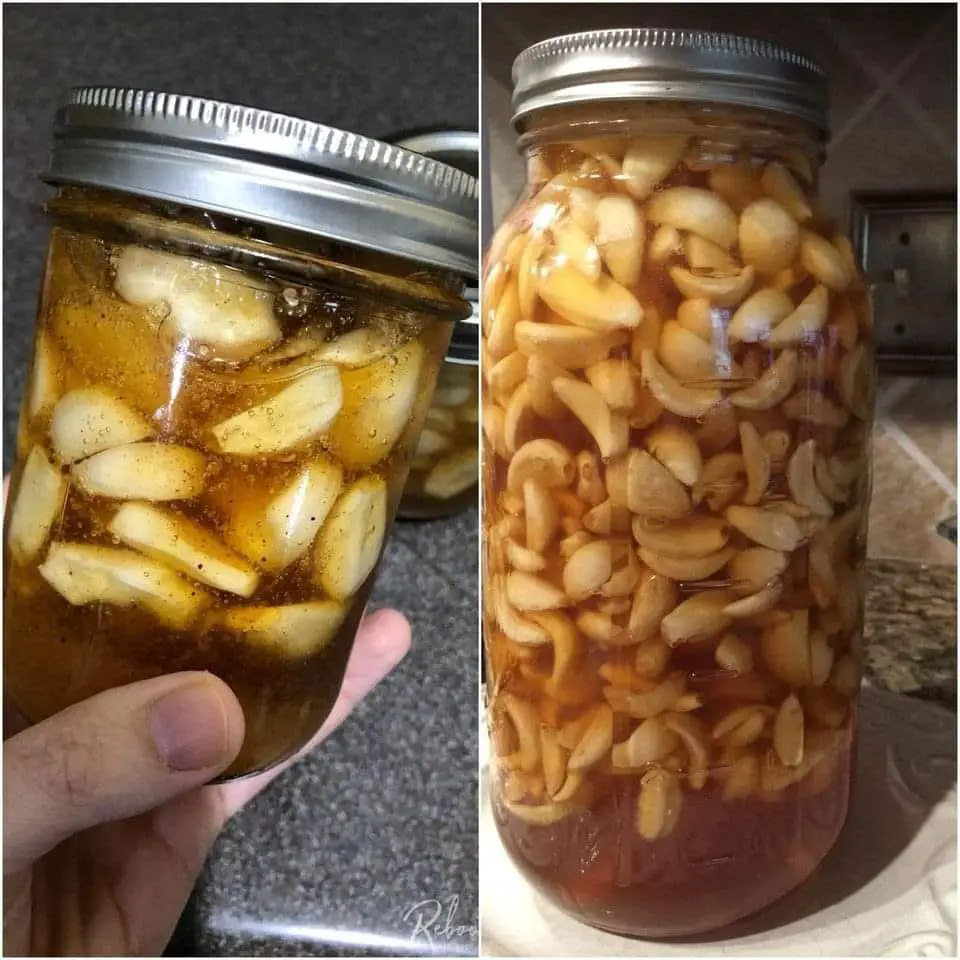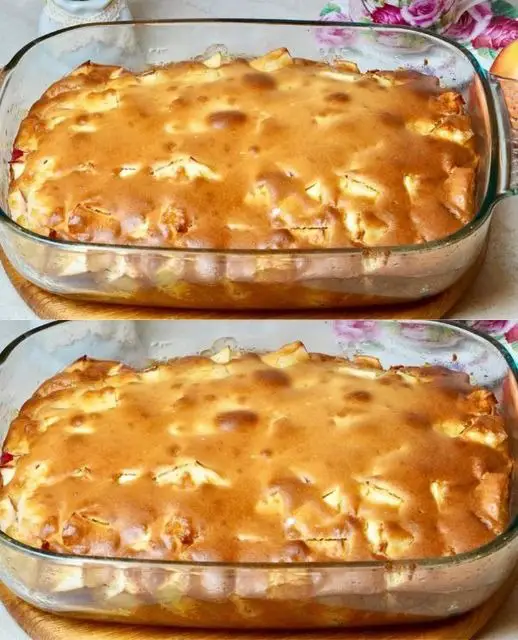Within the cozy corner of your grandmother’s attic, buried among her traditional stitching apparatus, there is a small assortment of metallic relics that bring us back to a time when precise workmanship and passionate innovation were so prevalent. These are none other than thread bobbins, which are becoming just as commonplace in homes as cellphones are becoming more commonplace in the current day.
It is the year 1970, and these unassuming bobbins represent more than just the components of a sewing machine; they are emblems of self-sufficiency and the ability to express one’s creative side. Each and every bobbin, with its tiny perforations and hole core, was painstakingly constructed to be firmly coiled with thread, ready to be placed into a sewing machine, which is the absolute pinnacle of home creation.
It was not only a pastime that was done in one’s free time; rather, it was an essential skill that was passed down from generation to generation. In addition to beautifying our bodies and embellishing our homes, it was the transforming artwork of imbuing flat fabric with three-dimensional life. These seemingly little bobbins played a significant role in the production of garments that were designed to withstand the test of time and even become heirlooms in homes during a time period that before the era of rapid fashion and mass production.
At one time, these unassuming objects, which are today considered to be relics of antiquity and are hardly taken into consideration, were the pillars around which a revered ritual was built. From robes worn at wedding ceremonies to uniforms worn in high school, and even denims that had been tenderly mended, they were the ones who spun the threads that interwoven the material of existence. Every every bobbin had a story, a piece of someone’s life that was a part of their existence. There is a possibility that one might almost hear the regular cadence of the sewing machine harmonizing with the radio, the quiet concentrate, and the rare moan of despair or exultation of accomplishment.
In addition, you should check out Grandma’s quark muffins with vanilla pudding; from this point on, I shall only prepare these muffins.
The discovery of these bobbins in Granny’s collection of stitching supplies is analogous to the discovery of a time capsule; it is a physical connection to a bygone era in which handcrafted artistry was not a luxury but rather a way of life. At the same time, it serves as a poignant reminder of the laborious care that is placed in each and every stitch, the joy that is obtained from fashioning one item from scratch, and the satisfaction that comes from being inventive and restoring.
Now, in the middle of our efforts to reduce our environmental impact and to revive the art of individualized handicraft, these bobbins have transcended their status as simple artifacts and have become abundant sources of motivation. It is imperative that we reflect on the qualities of perseverance, the splendor of artisanal skill, and the significance of conserving traditional crafts in order to provide our lives with a sense of purpose and intentionality. Along the same lines as the thread that they formerly held, their tale is a continuous chain that is woven by the historical past and propels us on into the long run.




